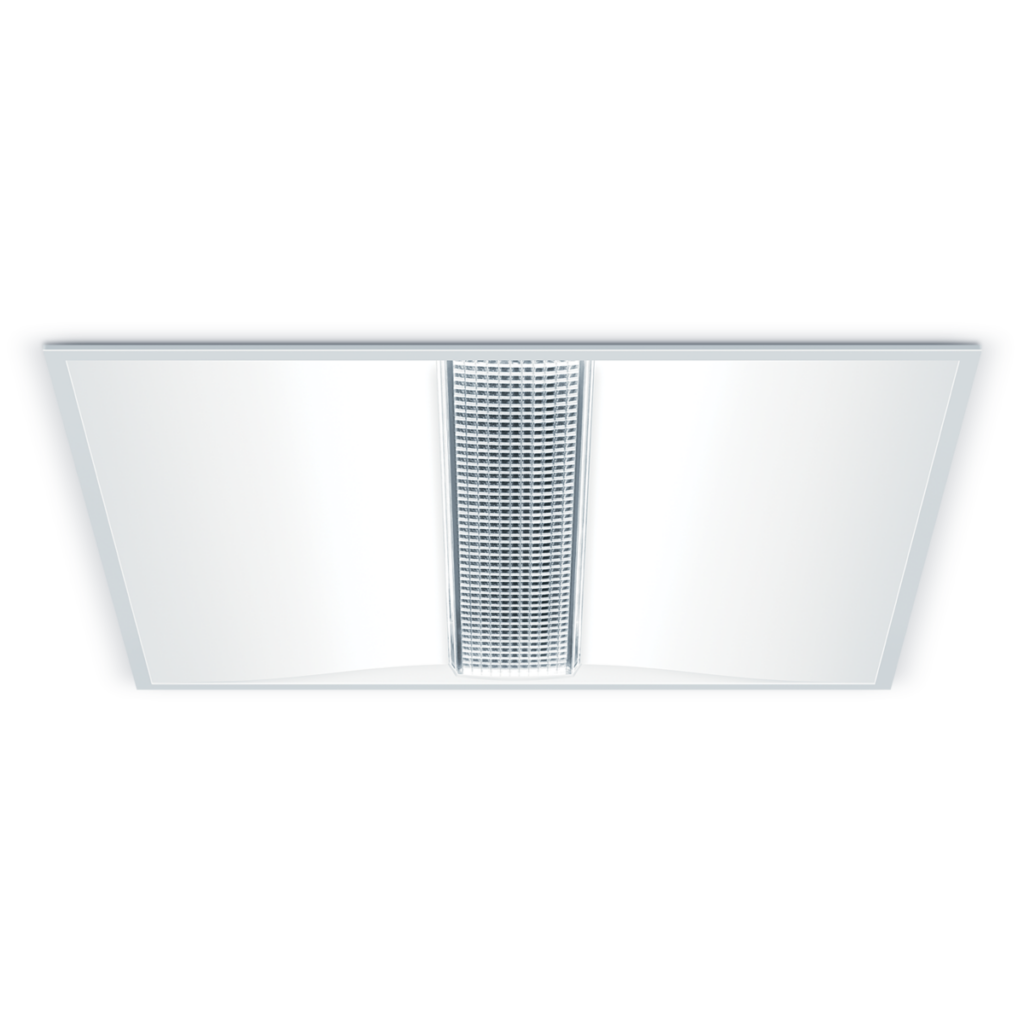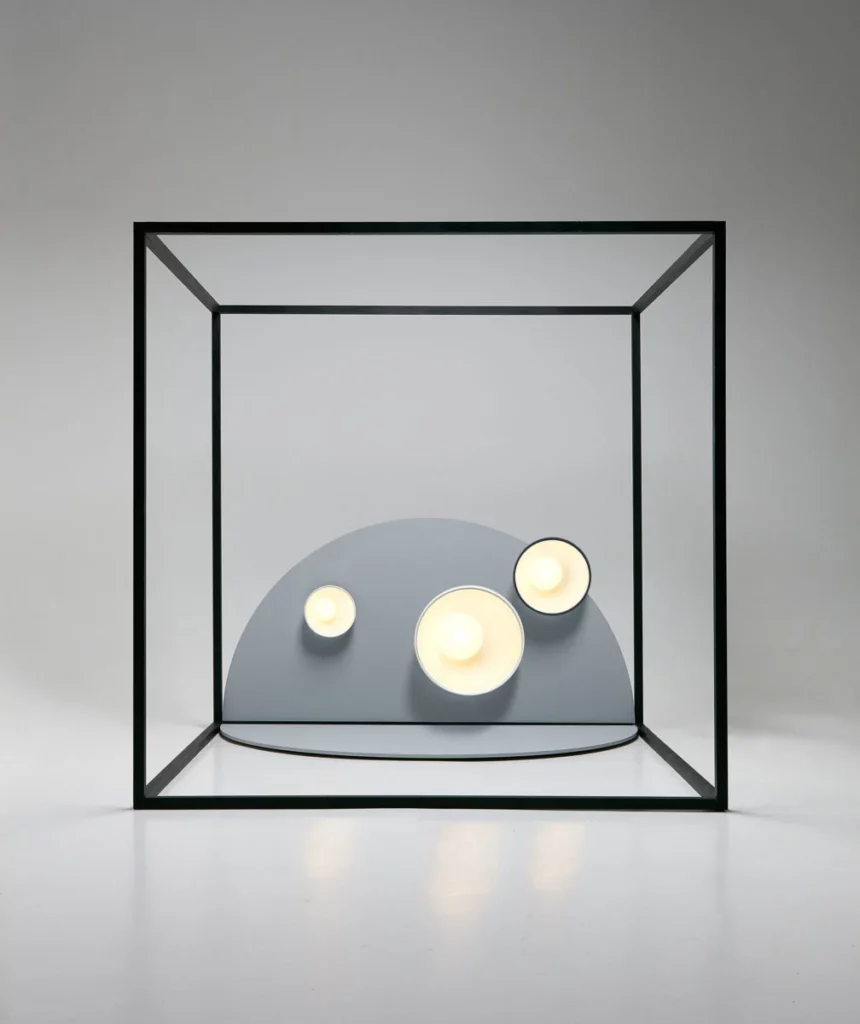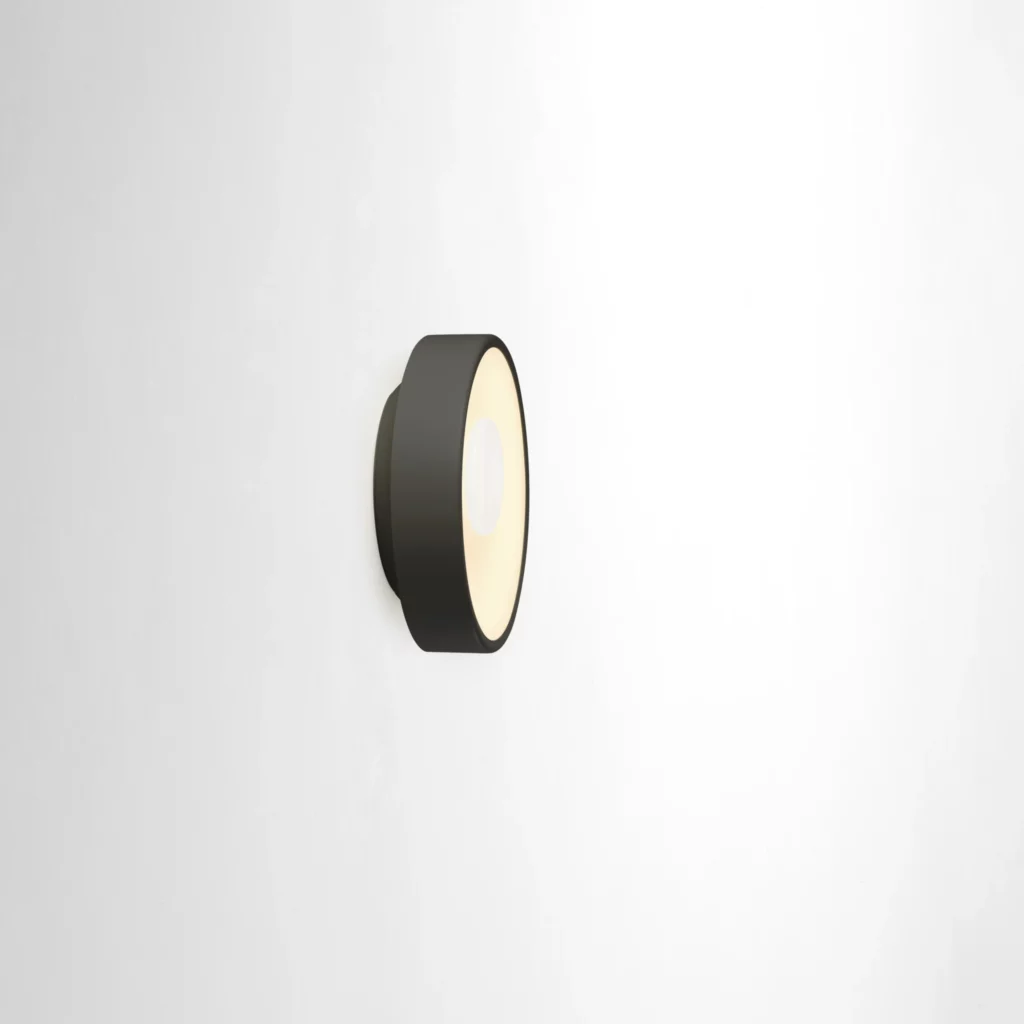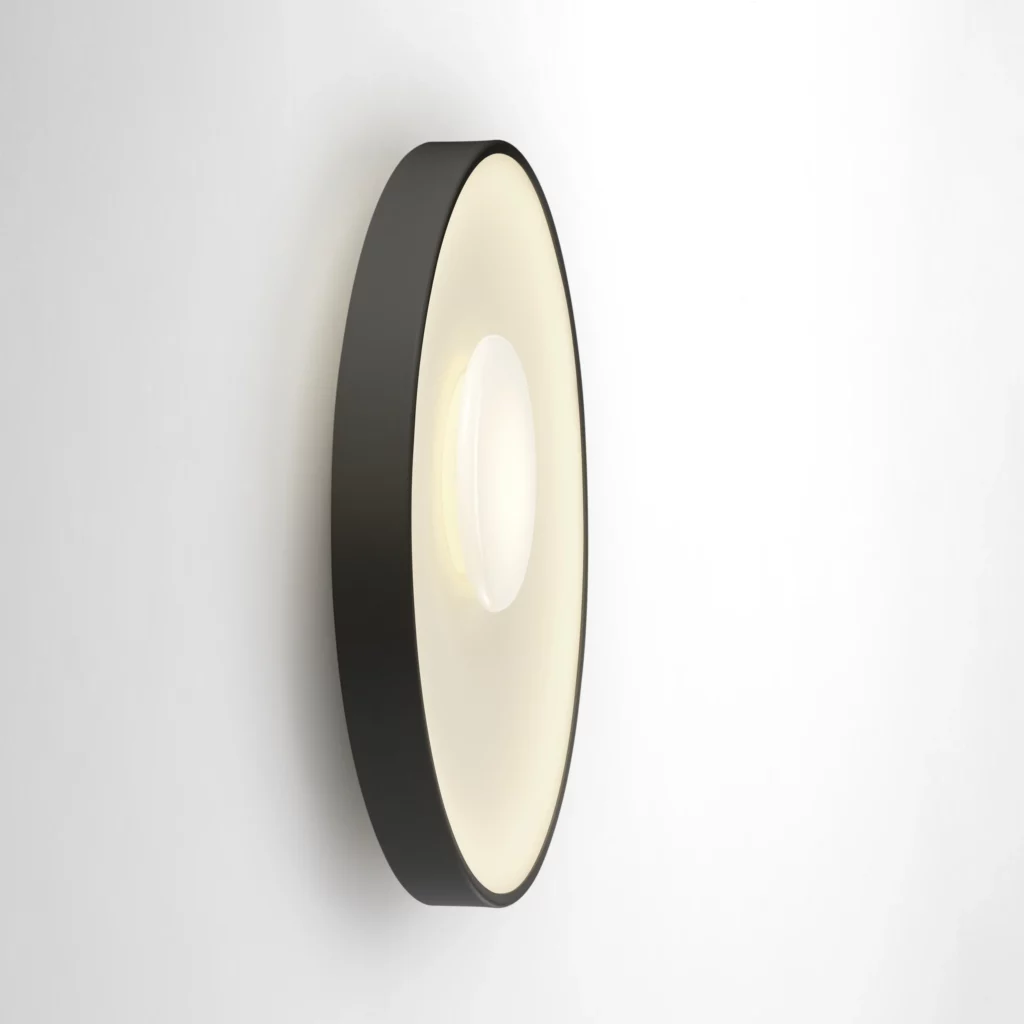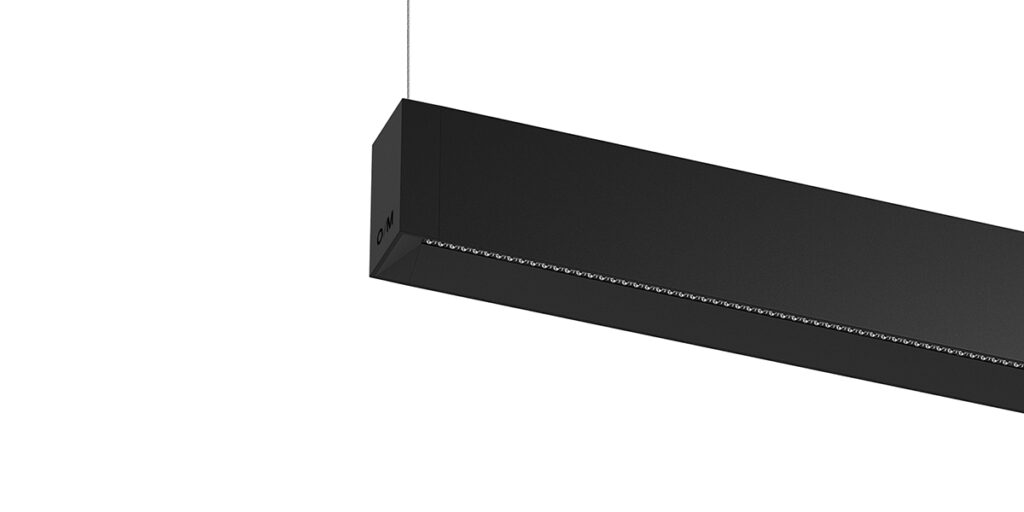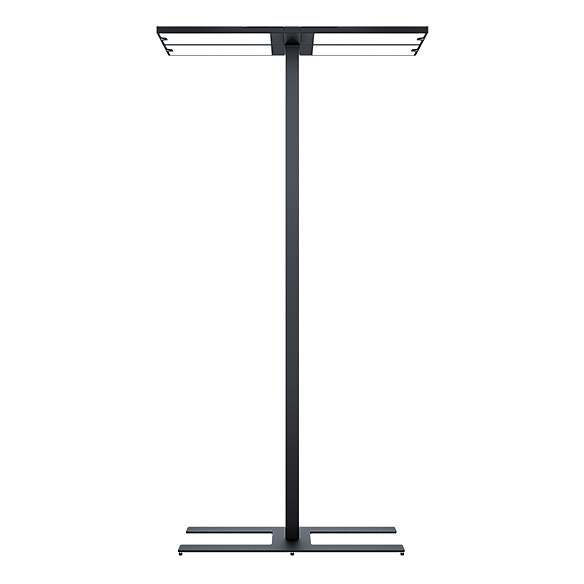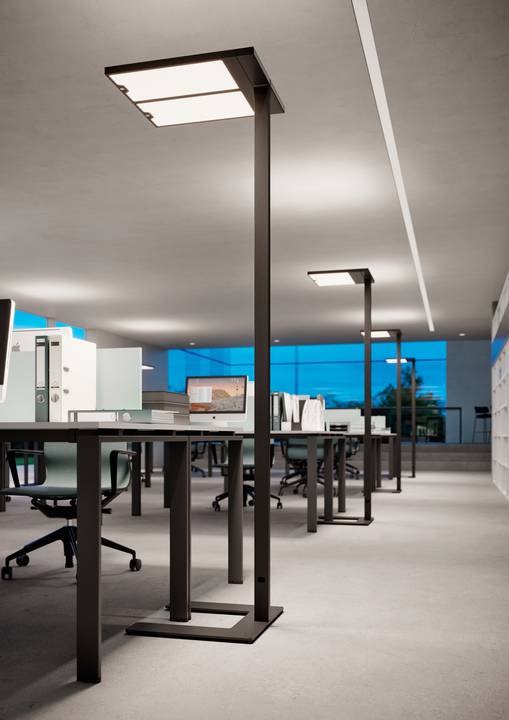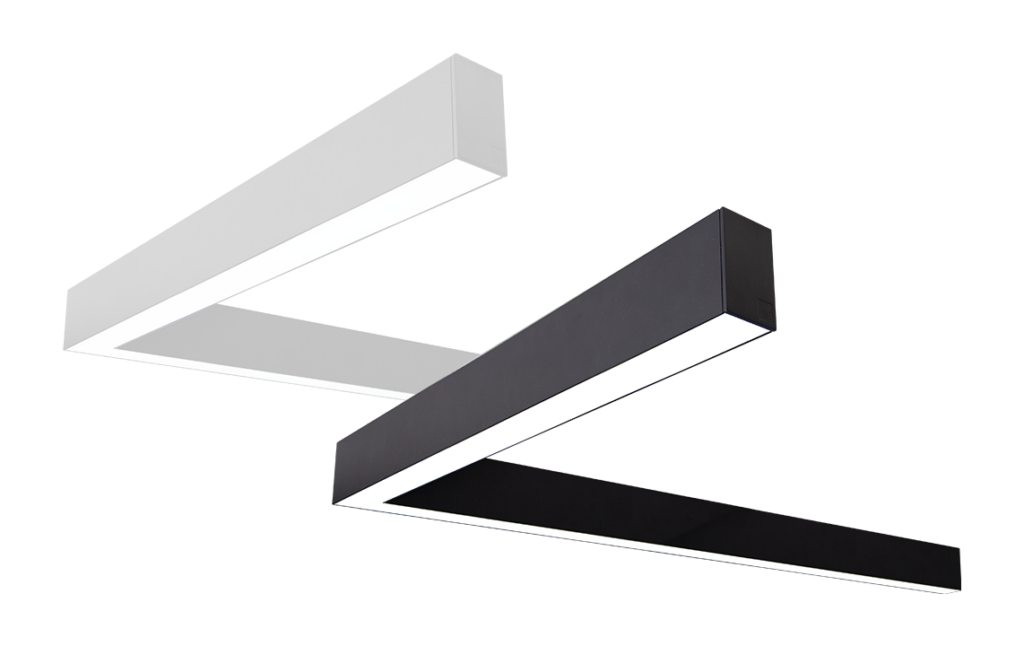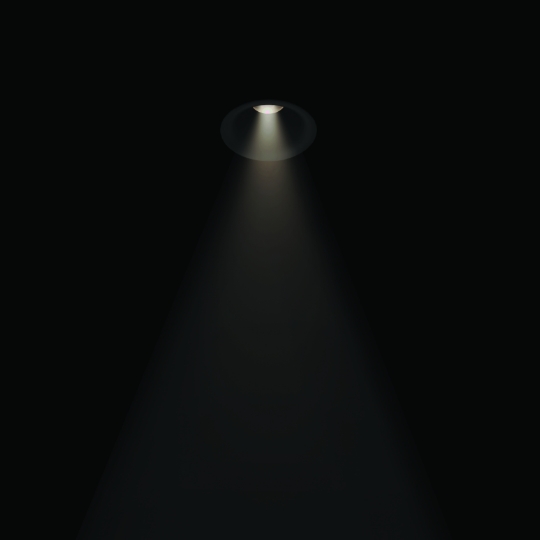Talking about office design, one element often overlooked but profoundly impactful is lighting and perception-orientated lighting design or “how you feel”. The quality and adequacy of lighting in a workspace can significantly influence productivity, mood, and overall well-being. As advocates for functional and aesthetically pleasing environments, we at Bushell Interiors recognize the critical importance of proper lighting in creating a conducive workspace.
Boosting Productivity
Proper lighting is not merely about illuminating a space; it’s about creating an environment where individuals can thrive. Studies have consistently shown that well-lit workspaces enhance productivity. Adequate lighting reduces eye strain, fatigue, and headaches, allowing employees to remain focused and engaged throughout the day. By optimizing lighting levels, tasks become easier to perform, leading to improved efficiency and output. Good facial illumination and a little illumination contrast is required for the right working environment.
Enhancing Mood and Well-being
Lighting design plays a key role here more so than product selection which is why Bushell Interiors stands out as a market leader. The use of low glare, warm artificial light coupled with daylight, proper contrast between spaces, perimeter lighting to walls, use of wall lights, artwork illumination, soft lighting and non-task orientated lighting is also key to providing this type of space and offer better wellbeing.
Fostering Collaboration and Creativity
In today’s collaborative work environments, lighting can facilitate interaction and creativity. Well-lit spaces encourage communication and teamwork by creating an inviting atmosphere.
Additionally, dynamic lighting designs can inspire creativity and innovation, stimulating the imagination and encouraging out-of-the-box thinking. Whether through ambient lighting for brainstorming sessions or focused task lighting for individual work, a well-designed lighting scheme can support various modes of work and collaboration.
Examples of Types of Lighting for Different Spaces
Task Lighting:
Ideal for individual workstations or desks, task lighting provides focused illumination for performing specific tasks such as reading, writing, or computer work. Adjustable desk lamps or under-cabinet lighting are common examples of task lighting.
Ambient Lighting:
Ambient lighting provides overall illumination for a space. It ensures that the entire workspace is adequately lit without causing glare or harsh shadows. Ceiling-mounted fixtures such as recessed lights or pendant lights are popular choices for ambient lighting.
Accent Lighting:
Accent lighting is used to highlight specific features or areas within a workspace, adding visual interest and depth to the environment. It can be employed to showcase artwork, architectural details, or decorative elements. Track lighting or wall-mounted spotlights are effective options for accent lighting
In conclusion, the significance of proper lighting design in the workspace cannot be overstated. From boosting productivity and enhancing mood to fostering collaboration and creativity, lighting plays a multifaceted role in shaping the work environment.
As experts in lighting solutions, Bushell Interiors are committed to creating workspaces that prioritize both functionality and aesthetics, ensuring optimal lighting conditions that empower individuals to excel.


